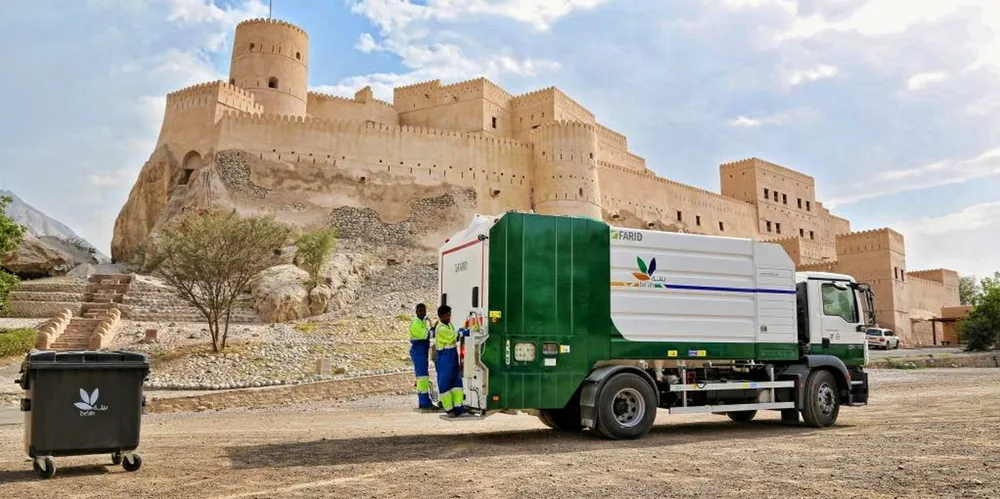Landfills 'to be used as green hydrogen mines' at $1.4bn project in Oman
H2-Industries facility would convert up to one million tonnes of municipal solid waste each year, but question marks remain over CO2 generated

H2-Industries facility would convert up to one million tonnes of municipal solid waste each year, but question marks remain over CO2 generated
